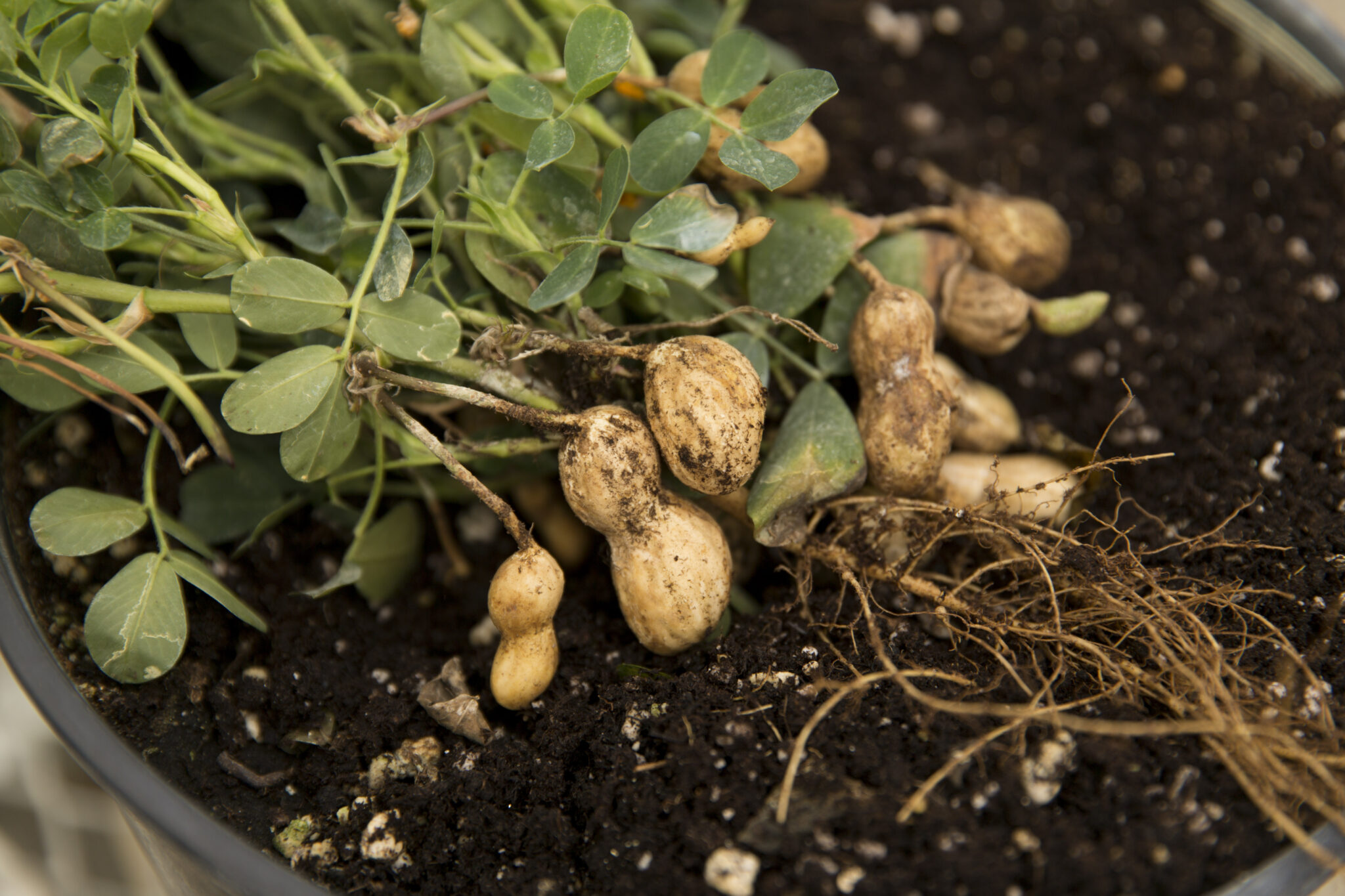Is your car ready for cold weather? How about your trees?
Fall is a time of serious change and reorganization within a tree. Many trees won't survive to another spring.
Trees sense the changing seasons by the temperature, by a dormancy timer in the leaves and by the amount of light they receive.
The old leaves, buds and inner bark all have a pigment that reads the seasons. As the days shorten in fall, this pigment, called phytochrome, tells the tree to close down for winter.
Getting ready for winter is called senescence. That's an ordered shutting-down of summer growth and conservation of valuable resources.
Tissues with phytochrome send a message which signals senescence. That brings both the fall colors and renewed spring growth.
In the fall, the tree withdraws many of the materials it collected or manufactured during the growing season from soon-to-be dead leaves. Tree waste materials are left behind.
The last bit of tree food is stockpiled in the living cells of the outer annual growth rings. Twigs, branches and roots become the warehouses of materials needed for next season.
Within the tree, biological doors and windows are being closed and locked. From the moment last spring's green leaves expanded and began to make food, winter dormancy has been designed into the tree system. The process of spring and summer growth reset and started a dormancy timer that now hurries preparations.
Tree-filled landscapes now are mistakenly thought to be going to sleep. Fall and winter trees aren't sleeping. They're simply still -- truly counting the days until spring.
Most of the tree's growing points are protected inside overcoats called buds. Each waits for the correct message to signal a new season of growth. Only then will it be apparent whether the tree has put aside enough resources to respond.
Winter is tough for trees. They must stand in the face of cold, drying winds. They must carefully conserve food reserves for the coming needs of spring.
Trees continue to lose water. Any creature needing a meal chews and nibbles on the resting buds and twigs. Trees stand alone against everything winter can generate.
What can you do to help? Little things can make your trees more effective and efficient at surviving a long winter. A few small investments now can pay off big, yielding a healthy and structurally sound tree.
The "Critical Six" things you can do to winterize your tree include:
(1) Remove dead and declining twigs and branches. Don't leave pests food and shelter for the winter.
(2) Properly prune branches that will touch the ground when loaded with rain and snow. Foliage and branches in contact with soil can invite pests and problems.
(3) Spread a thin layer of composted organic mulch over an area at least as large as the branch spread. Mulch is nature's way of recycling valuable materials. But be careful of pests hitching a ride.
(4) Remove any new sprouts at the tree base or along stems and branches. These sprouts will interfere with tree changes needed for winter and next spring.
(5) Aerate soils, without damaging tree roots, if compacted and poorly drained. Saturated and dense soils can suffocate roots.
(6) Fertilize with all the essential elements, if they're in short supply in the soil. Go lightly, if at all, with nitrogen, especially under large trees and around newly planted trees.
Trees are investments that require a small amount of care. For the sake of your trees' quality of life and your own, take a few minutes to winterize your trees. Wonderful springs come from well-tended winters.






